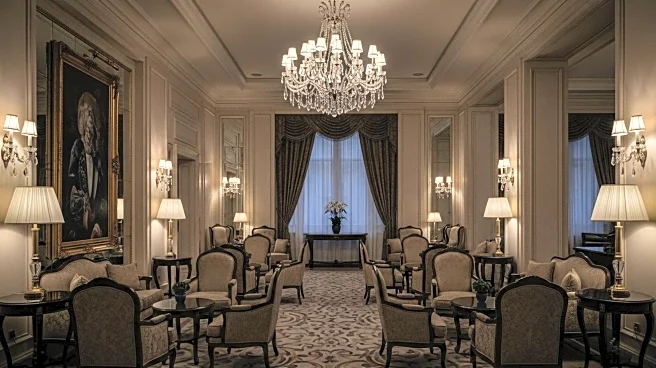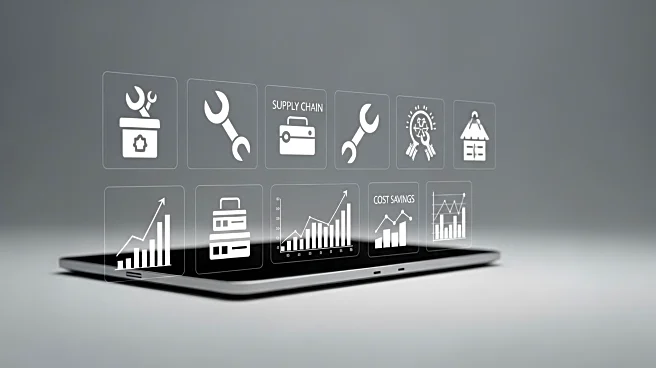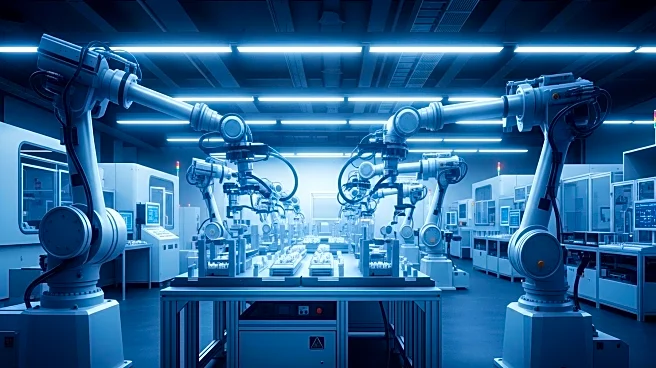What's Happening?
A blog post by NBBJ highlights the concept of embracing impermanence in office design to enhance longevity and relevance. The authors suggest testing small-scale ideas, such as desk configurations and amenities, to evaluate employee preferences and adapt to changing work styles. The WarnerBros. Discovery Second Century project serves as an example, where a 'test lab' was created to gather insights on work styles and collaboration. LinkedIn's headquarters also employs feedback mechanisms to assess workplace success and make improvements.
Why It's Important?
The approach of embracing impermanence in office design reflects a shift towards flexible and adaptive work environments. This strategy can lead to longer-lasting buildings that better meet the needs of evolving workforces, potentially reducing waste and increasing return on investment for businesses. By prioritizing adaptability, companies can create spaces that remain relevant and functional over time, enhancing employee satisfaction and productivity.
Beyond the Headlines
The concept of impermanence in office design may influence broader architectural and real estate trends, encouraging more sustainable and adaptable building practices. This approach could lead to a reevaluation of traditional design philosophies, promoting innovation and creativity in the creation of workspaces. The focus on employee feedback and adaptability also highlights the importance of human-centered design in the future of office environments.










